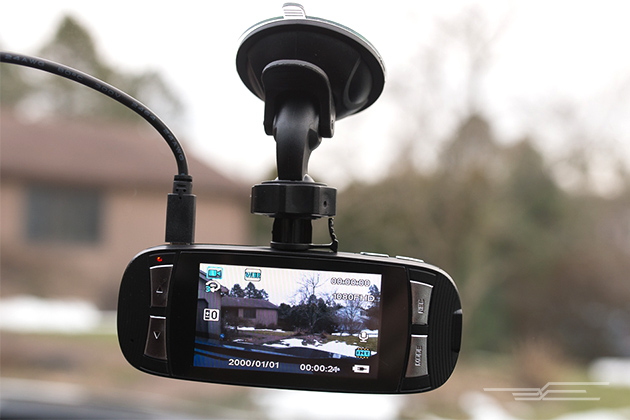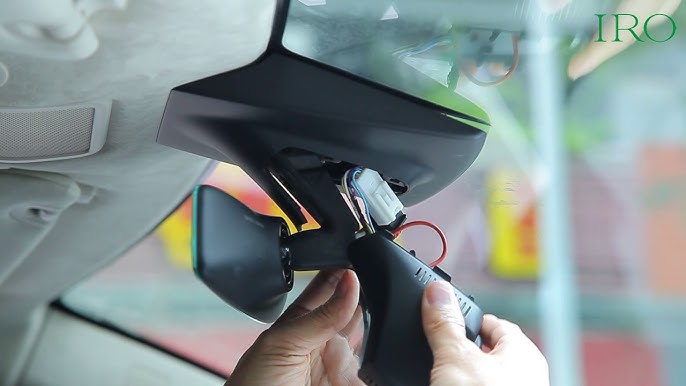In the US, dash cams are becoming more and more popular among drivers. It is imperative to comprehend the pertinent laws in your state, nonetheless. Drivers in Alabama’s cities of Birmingham, Montgomery, Mobile, and Huntsville are impacted by limitations on the usage of dash cam recordings and windshield-mounted devices.
Dash cams, sometimes known as dashboard cameras, are tiny, in-car video recorders. Their capacity to give important footage in the event of accidents, traffic issues, or even unforeseen events on the road has contributed to their increasing popularity in recent years. Dash cams can be helpful in determining who is at fault in collisions, keeping an eye on teenage drivers, and even documenting memorable road trips. But, dash cam usage is governed by state-specific legislation, so it’s important to know what Alabama’s laws are.
Alabama s Dash Cam Laws
Let’s examine the main legal ramifications for using dash cams in Alabama:
Mounting Options for Dash Cams in Alabama
Because of windshield constraints, take into account these substitute mounting options:
Best Practices for Using Dash Cams in Alabama
Potential Benefits of Dash Cams
Notwithstanding the limitations, dash cams benefit drivers in Alabama in a number of ways:
FAQs about Dash Cam Use in Alabama
Is there a windshield obstruction regulation in Alabama that does not apply to dash cams?
A: The legislation does not make any special provisions for dash cams. If you can prove that using your dash cam doesn’t significantly obstruct your view of the road, you might be able to contest the penalty.
Is it legal for me to use dash cam footage in Alabaman court?
A: In agreement. If dash cam film fits the state’s admissibility requirements and is pertinent to the case, it may be admitted in Alabama courts. Should you want to use dash cam footage in court, speak with a lawyer.
Does Alabama require dash cams for commercial vehicles?
A: Not at all. Dash cams are not legally required for commercial cars in Alabama, although some commercial fleets may decide to install them for safety or insurance purposes.
Can I use my dash cam to record conversations with the police in Alabama?
A: In most public situations, you are allowed to record contacts with police as long as you don’t interfere with their ability to carry out their job. It’s important to note that depending on the circumstances, police officers may request that you turn off your dash cam.
Conclusion
Dash cams mounted on windshields are restricted by Alabama law, yet drivers can still benefit much from these gadgets. To get the most out of your dash cam, think about other mounting options and concentrate on using it sensibly. Through comprehension of Alabama’s dash cam laws and the use of recommended procedures, you can utilize this technology to safeguard your safety while driving and honor the privacy of others.
References
Notice: Nothing in this material should be interpreted as legal advice; it is solely intended for informational reasons. For particular advice on dash cam use and legal problems, always get in touch with an attorney and/or your insurance provider.





























